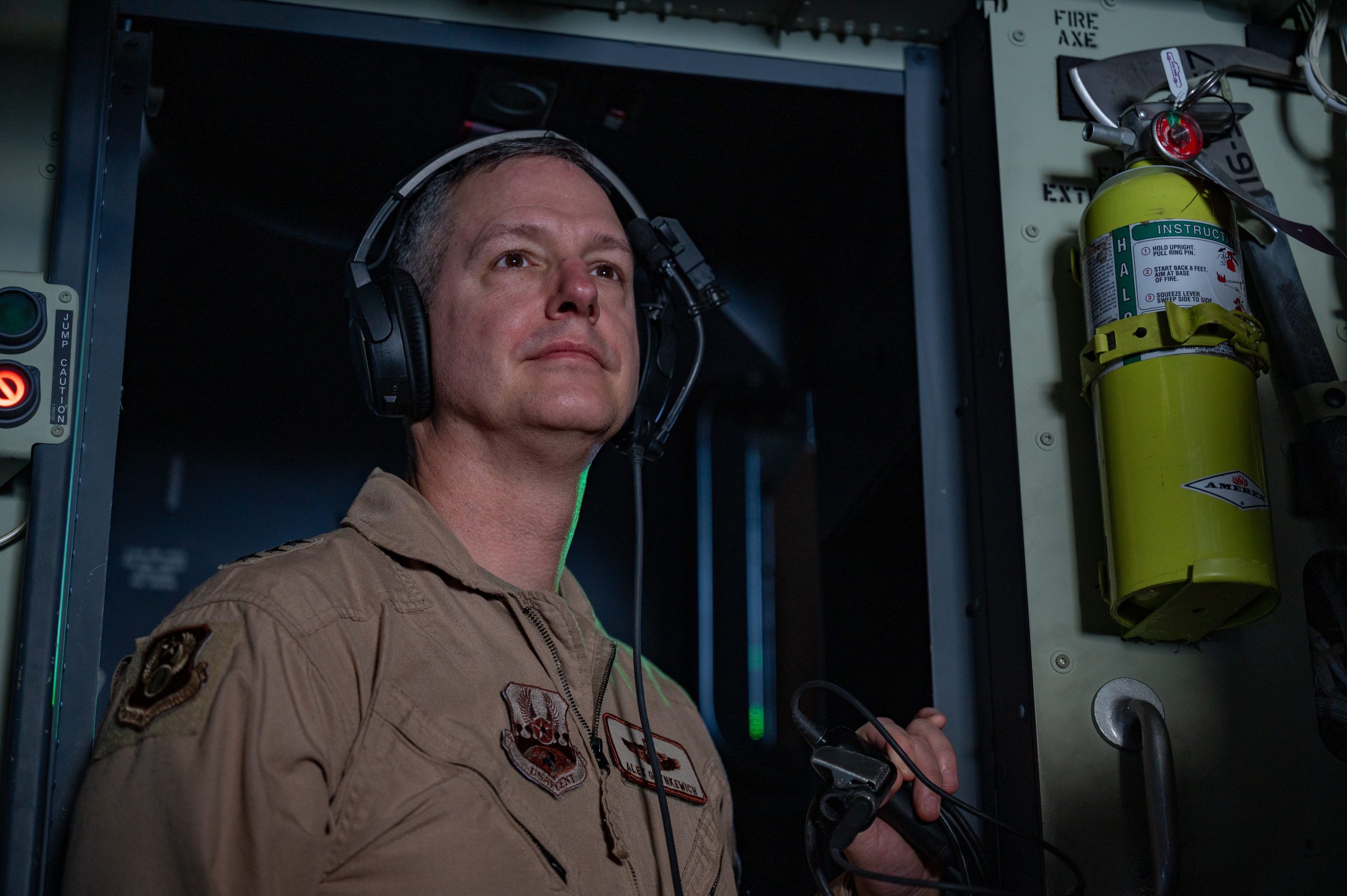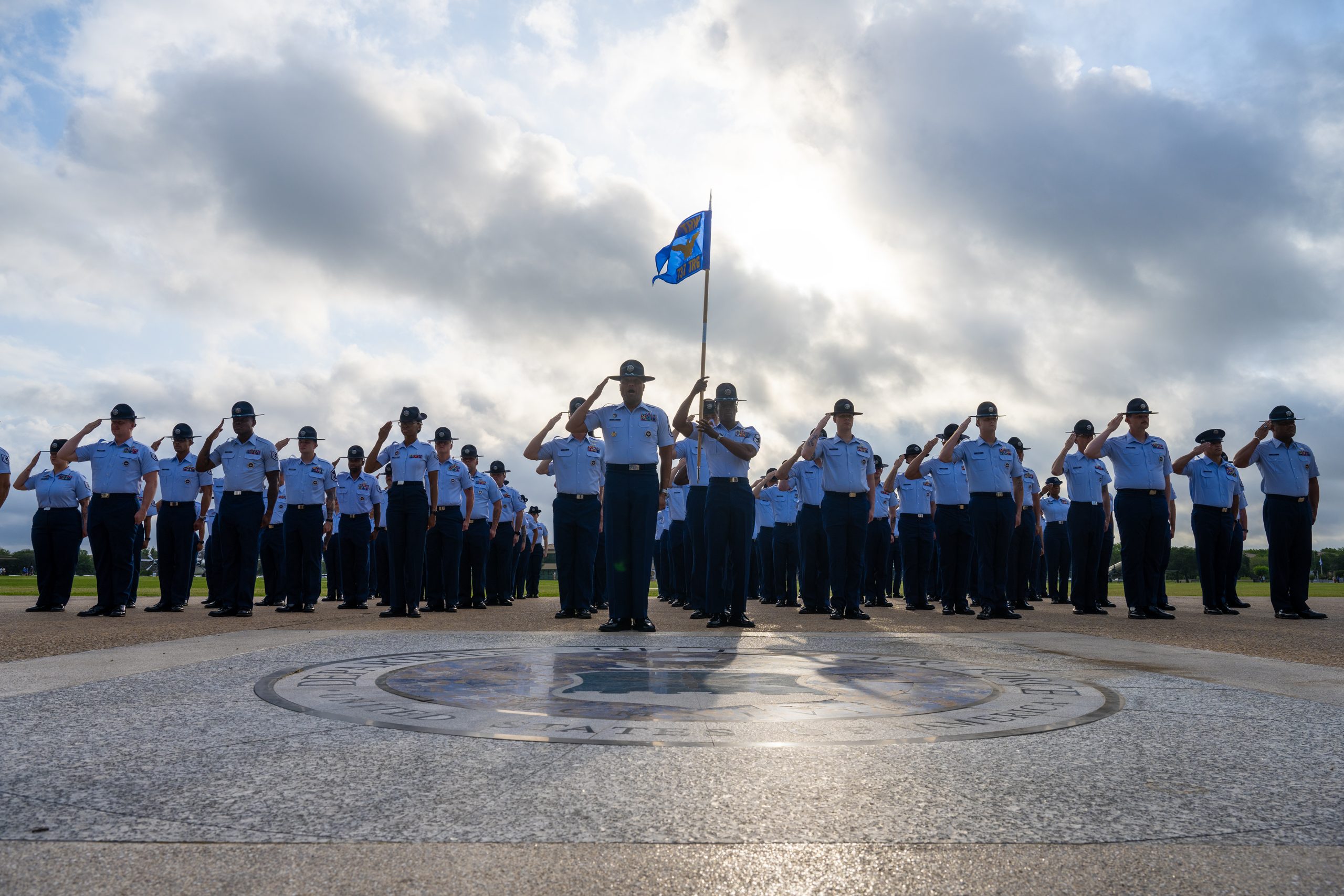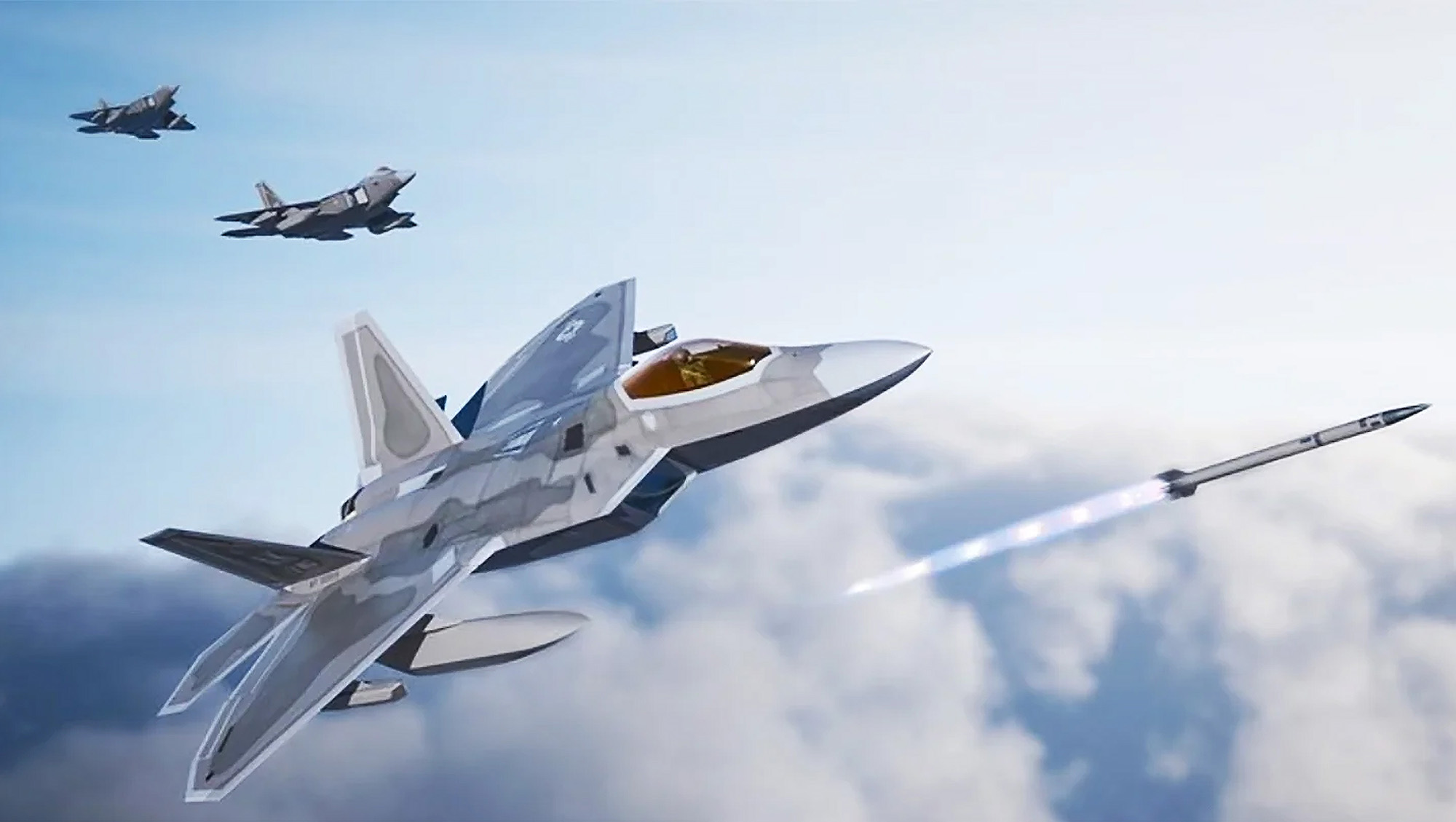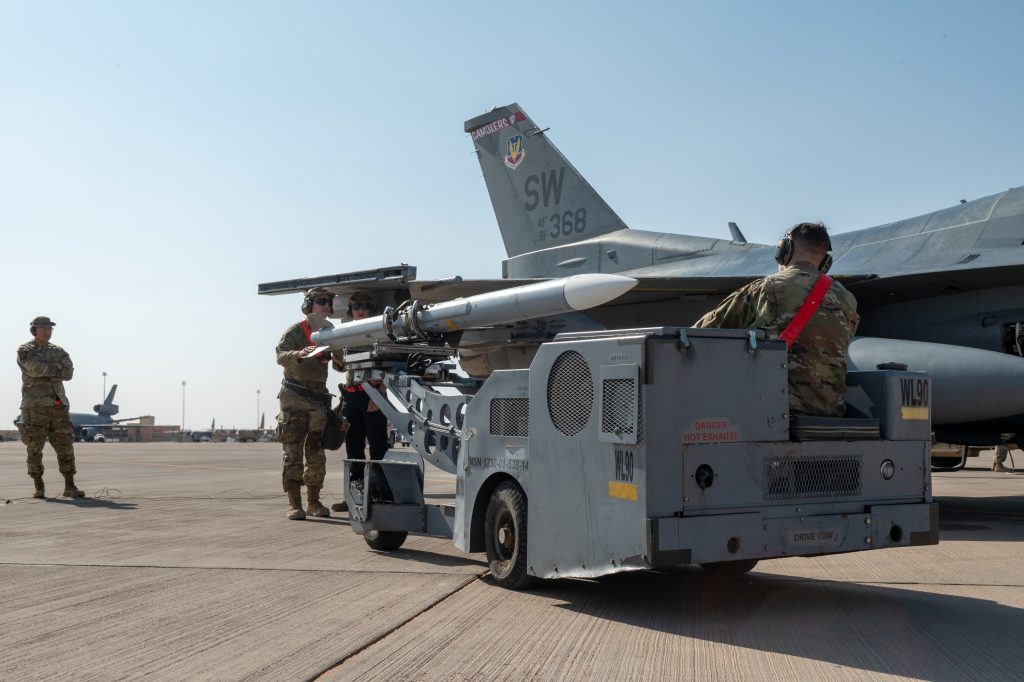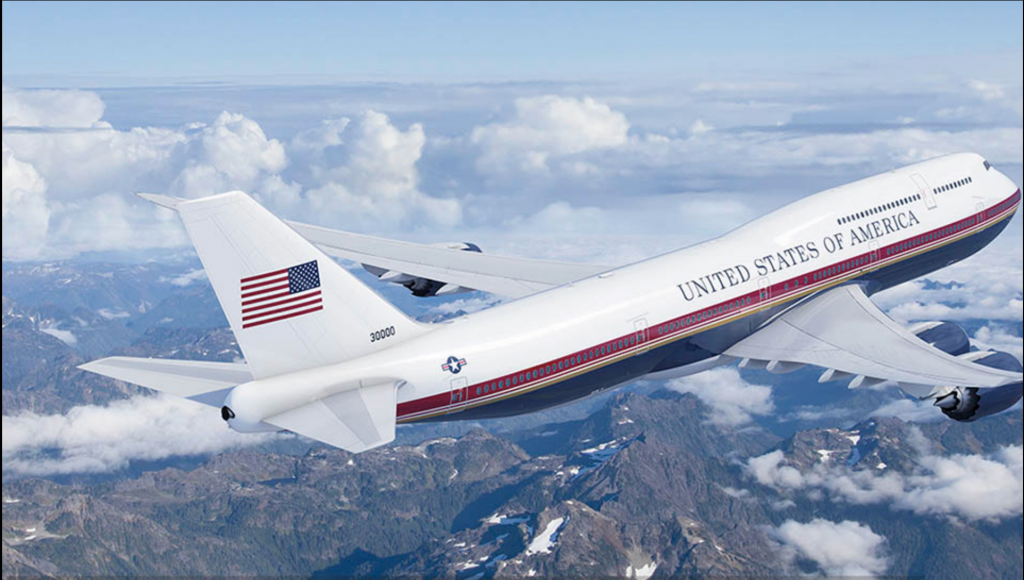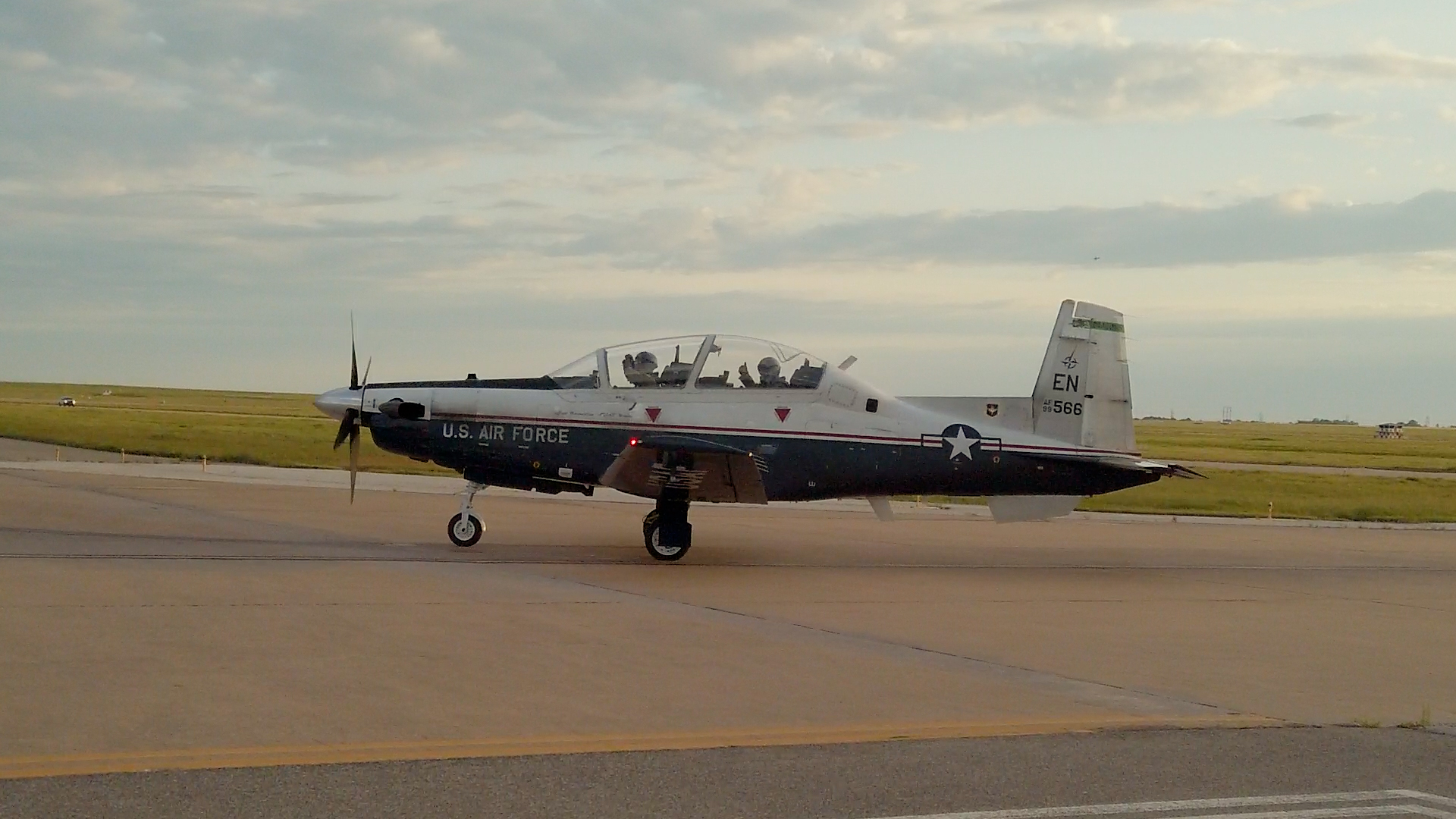The Space Force is playing midwife to a new ecosystem of commercial satellite constellations providing alternatives to the service’s own Global Positioning Service from much closer to the Earth, making their signals more accurate and harder to jam.
A half-dozen companies, including two with research contracts from Space Force or Air Force tech incubators, are currently planning low-Earth orbit (LEO) constellations of hundreds of small satellites that will offer position, navigation, and timing services to augment or back up GPS.
The military has long been concerned about its reliance on GPS, but over the past few years civilian users have experienced increasingly severe GPS interference around conflict zones in Eastern Europe and the Middle East.
In particular, civil aviation has been hard hit, said Lisa Dyer of the GPS Innovation Alliance, a trade association that represents GPS receiver manufacturers, satellite operators, and user groups like boaters, surveyors, and autonomous vehicle developers.
GPS jamming, used to stop drone attacks and smart bomb targeting, creates “unnecessary extra burdens on our air traffic controllers and flight crews, and it’s increasing risks to the safety of the flight crews and the passengers,” Dyer told Air & Space Forces Magazine.
PNT signals from low-Earth orbit are harder to jam, experts say, because they are broadcast from much closer to the earth’s surface. New cryptographic techniques make the signals hard to impersonate with bogus data, a problem known as spoofing. And two of the new constellations also plan to use a completely different frequency band for their signals, which will also make jamming more difficult and more complicated.
LEO satellites orbit between 100 and 1,200 miles above the surface of the Earth. GPS and its other major PNT constellations like China’s BeiDu, Russia’s GLONASS, and Europe’s Galileo are all in medium-Earth orbit, 11,000-15,000 miles above the surface.
“There are some advantages to medium-Earth orbit and some advantages to low-Earth orbit,” said Dyer.
The main advantage of MEO, she explained, is the smaller number of satellites required. From a higher orbit, a satellite is visible over a greater proportion of the earth’s surface. In MEO, 24 satellites is enough to offer near-global coverage. The current GPS constellation has 31 satellites in orbit, which means there’s some redundancy, Dyer said.
The main advantage of LEO is the signal can be orders of magnitude stronger when it arrives at the receiver, making it easier to receive and harder to jam, said Patrick Shannon, co-founder and chief executive officer of TrustPoint, a LEO PNT startup that launched its third satellite last month.
With several hundred satellites in a large LEO constellation, users can also see more satellites in the sky at one time, and therefore receive more triangulating signals, making LEO PNT potentially more accurate than MEO-based systems.
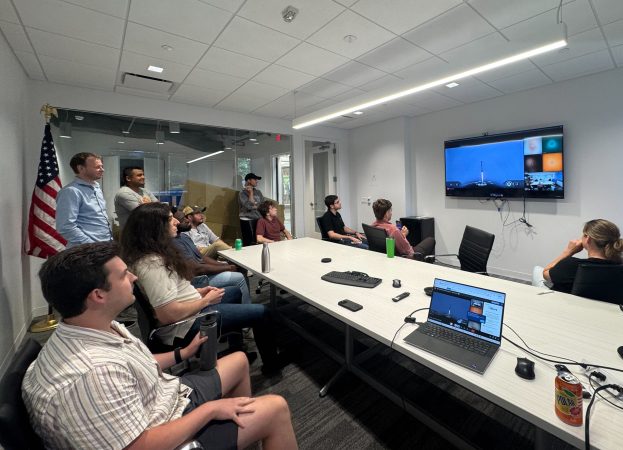
The new GPS alternatives use cryptographic authentication, which means the user can be sure the data they’re getting is genuine and not a fraudulent replacement, or “spoofed” signal, designed to mislead. The new generation PNT systems also use encryption, which scrambles the signal so only those with the correct cryptographic key loaded in their receiver can use it. As well as guarding against spoofing, this makes subscription-only services easy to offer.
Both the Air Force and Space Force technology incubators—along with Department of Defense-wide efforts like the Defense Innovation Unit—have sought to seed commercial companies working in this space, with the aim of easing the emergence of a new ecosystem of LEO PNT providers that can provide a secure alternative to GPS.
Last year, TrustPoint was awarded three phase II research contracts from the Department of the Air Force: a Small business Technology Transfer (STTR) award of $1.6 million from AFWERX, the Air Force’s technology incubator; and two Small Business Innovation Research (SBIR) awards worth a total of $3.8 million from SpaceWERX, the Space Force equivalent. The company is commercially focused, said Shannon, but is happy to be part of the Space Force’s Alt-PNT cadre of startups that are developing alternatives to GPS for military use, as well.
The awards helped TrustPoint develop technology to broadcast and receive PNT signals in C-Band, Shannon said, with a frequency just over five gigahertz. That’s much higher than the one to two gigahertz L-Band frequencies used by GPS and its state-backed alternatives.
The higher frequency C-Band signals are more subject to degradation during adverse weather and when traveling through buildings than L-Band, but make up for that by being transmitted from satellites over 30 times closer to the Earth, Shannon said. And the faster fall off in signal power over distance for the higher frequency C-Band signal, called path loss, complicates jamming efforts as well.
“The distance a signal travels is a function of the power behind it,” said Shannon, but a C-Band jammer loses power more quickly. An L-Band broadcast will travel three times as far as a similarly powered signal in C-Band, meaning someone trying to jam C-Band service will need many more jammers or much more powerful ones. They’ll also need new equipment, since existing GPS jammers are built to target L-Band broadcasts.
“The infrastructure required and the physical complexity of denying C-Band makes it much more difficult and costly,” concluded Shannon.
The satellites in TrustPoint’s constellation will be so-called microsats, only about the size of a four-slice toaster. The company aims to have about 350 of them in orbit by the end of the decade, but will be able to start offering a service with a fraction of that number in 2027, Shannon said.
He also said that the small size of the satellites and advanced manufacturing technologies would allow the firm to put the entire constellation up for “$100 million, give or take, not billions.”
The global market for assured, or hard-to-jam, PNT is predicted to grow almost 25 percent a year from $400 million a year in 2022, to $3.5 billion a year in 2032, according to one forecast.
Shannon acknowledged that TrustPoint was already facing competition. “This is a massive problem,” he said of GPS jamming and spoofing. “Many industries, many nations, are experiencing these issues, and everyone’s looking for a solution. And that, of course, is an economic opportunity that a lot of companies are looking at.”
Xona aims for a constellation of 250-300 satellites and will broadcast signals in both L-Band and C-Band, according to its website. The company says it is partnering with receiver manufacturers to produce devices that can receive both GPS L-Band and LEO PNT C-Band signals.
Xona, TrustPoint, and other LEO PNT startups will have to contend with an incumbent; Iridium, the first-ever LEO constellation, has been providing an L-Band PNT service for eight years, initially in partnership with Satelles, until Iridium acquired them last year. The partnership, said Satelles founder and now Iridium vice president of PNT Michael O’Connor, began as an ahead-of-its-time venture founded in the early years of the last decade, when concerns were only just starting to emerge about the fragility of GPS and the increasing dependence of the U.S. and global economy on it.
Iridium, which launched in the 1990s, had an L-Band channel originally used to provide a global pager service, O’Connor said. Satelles’ engineers figured out how to design a signal that could use it for PNT: “You’re 25 times closer to the Earth, and that [pager] channel was a strong signal … 1,000 times stronger” than GPS, said O’Connor.
By the time the service launched in 2016, North Korea had begun periodically jamming GPS signals over Seoul, and researchers from the University of Texas at Austin had shown how to take over drones by spoofing GPS signals.
GPS antennas are generally able to receive the Iridium broadcast, explained O’Connor, and Satelles partnered with equipment manufacturers to update the software that interpreted the signal so it could get timing and positioning data from the signal.
The initial customers were technology-driven businesses that used GPS for timing, rather than location, O’Connor said, like mobile phone network operators, cloud computing providers, and financial institutions. “We’re installed in major stock exchanges all around the world,” he said. “It turns out that if you can mess with the time at the New York Stock Exchange or the NASDAQ, bad guys can get up to all kinds of mischief.”
Now that GPS interference is a reality, O’Connor said, Iridium’s LEO PNT is expanding into maritime, aviation, and other markets. “Industries out there are starting to recognize today that they have very serious problems around GPS jamming and spoofing. … Everyone’s seeing the writing on the wall that it is a problem, and you need a solution to that. And that’s our mission: To protect networks, protect our society, protect the fabric that keeps us connected.”


